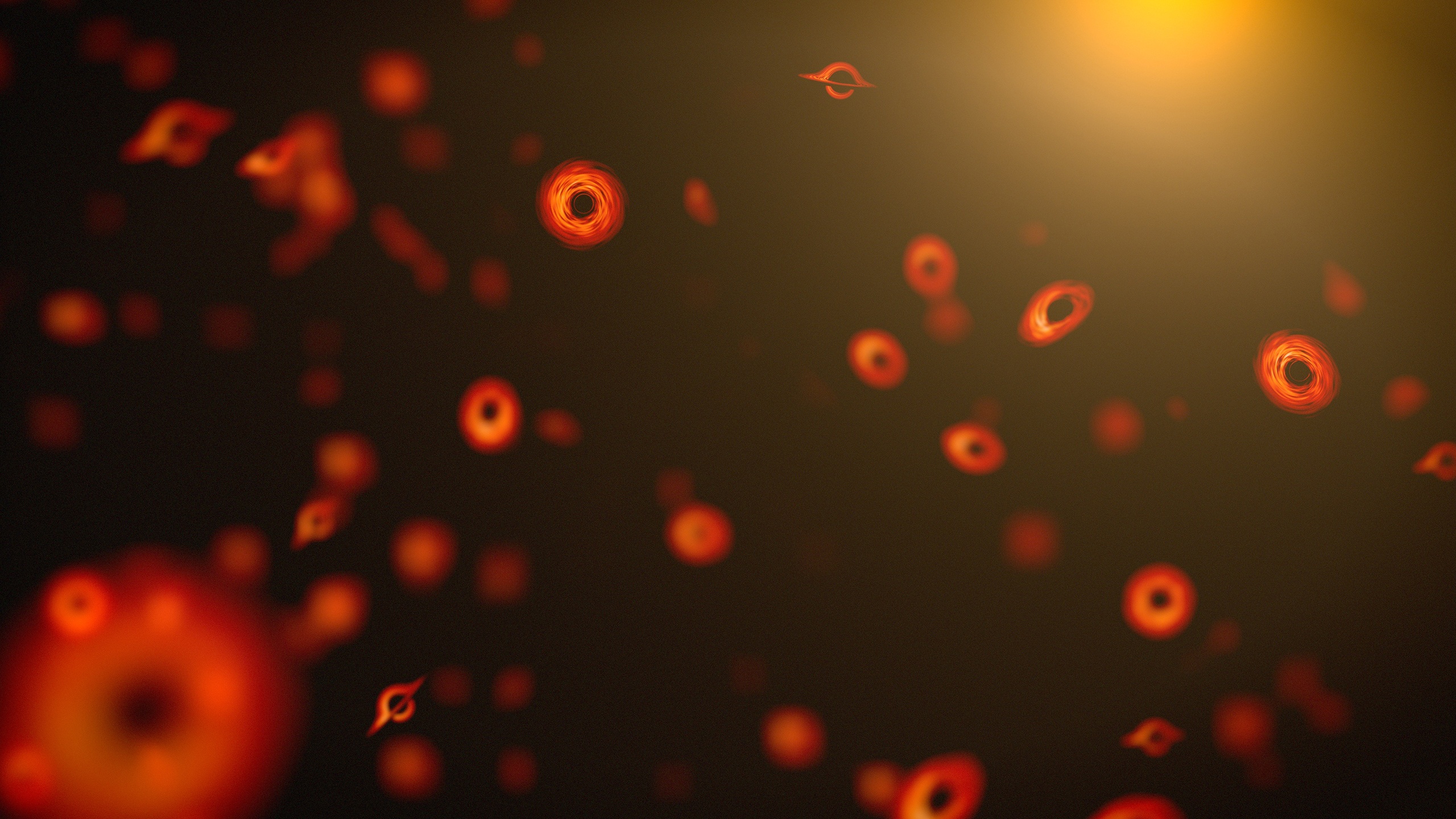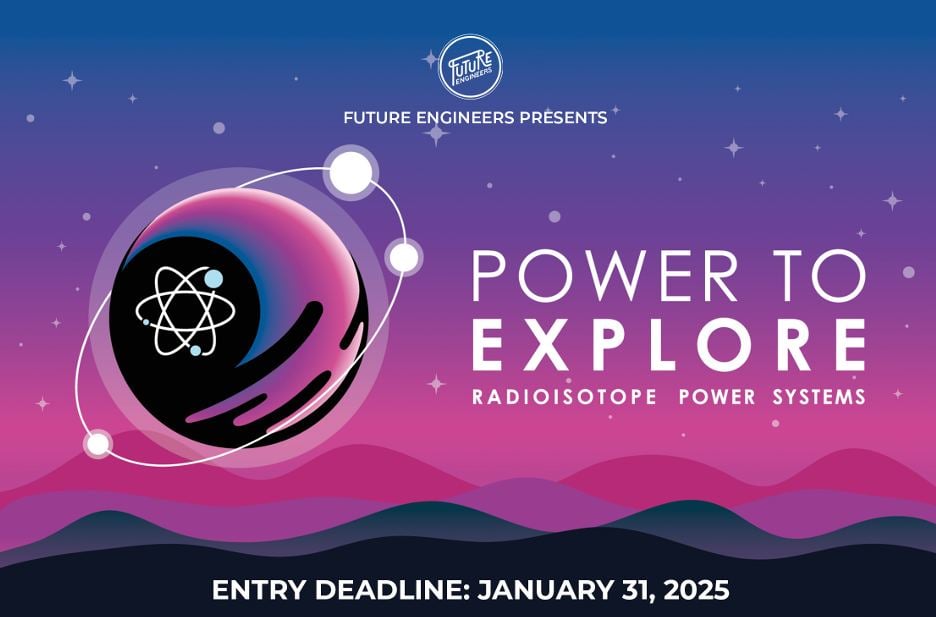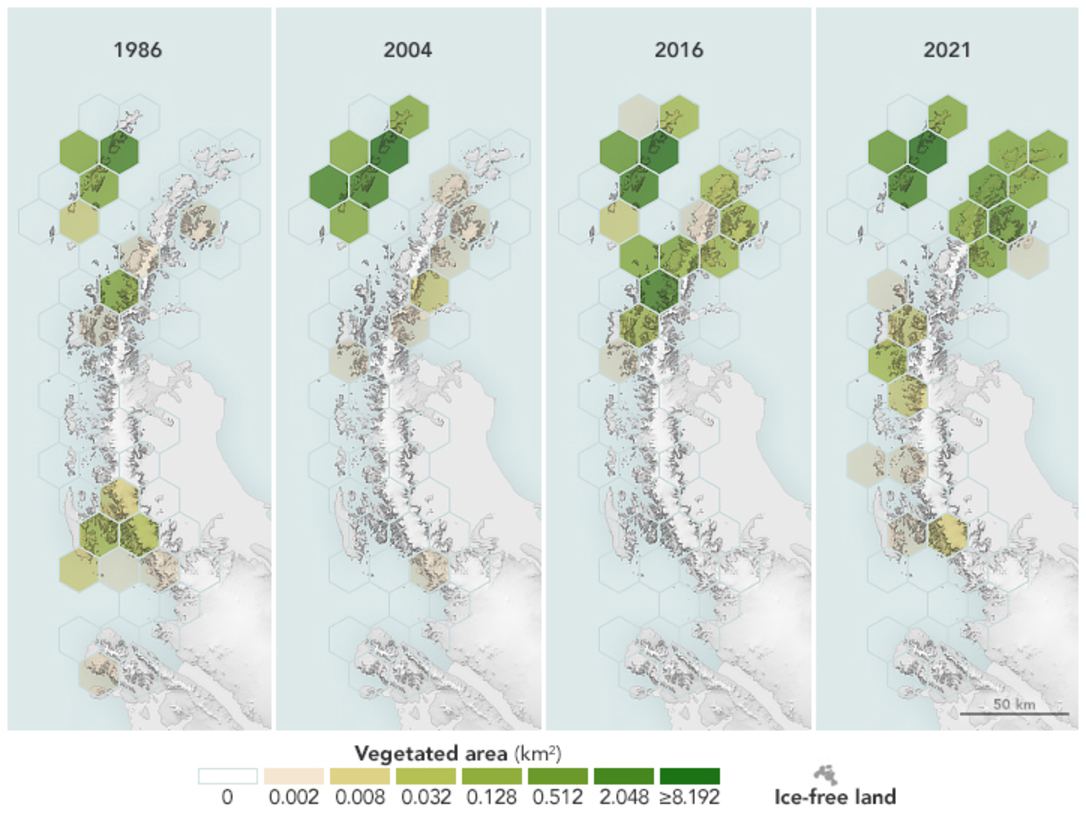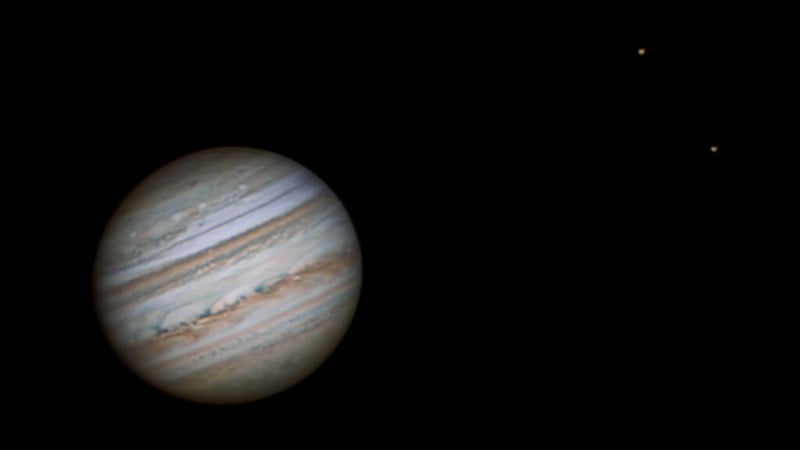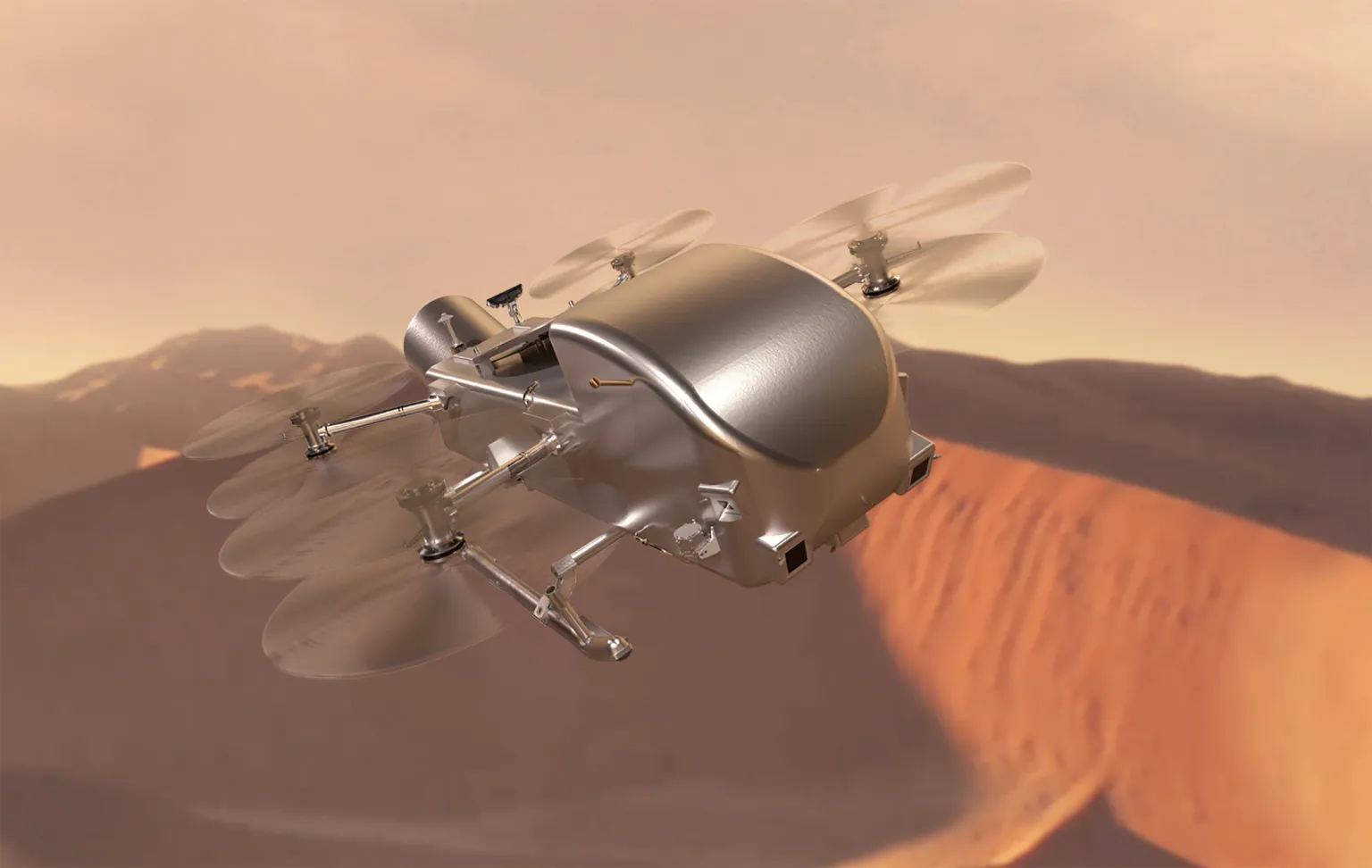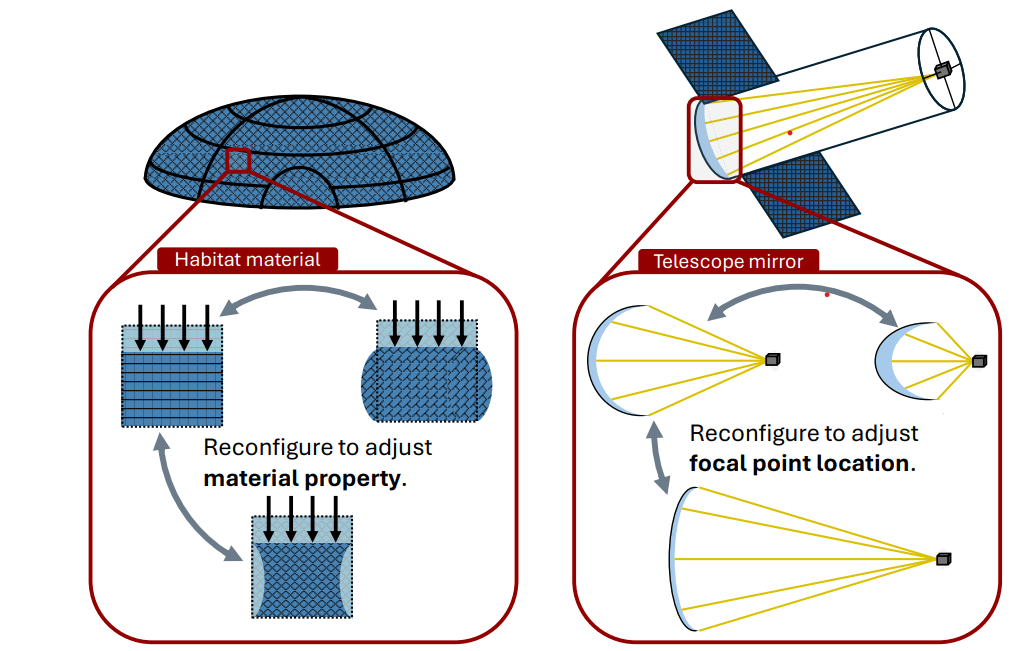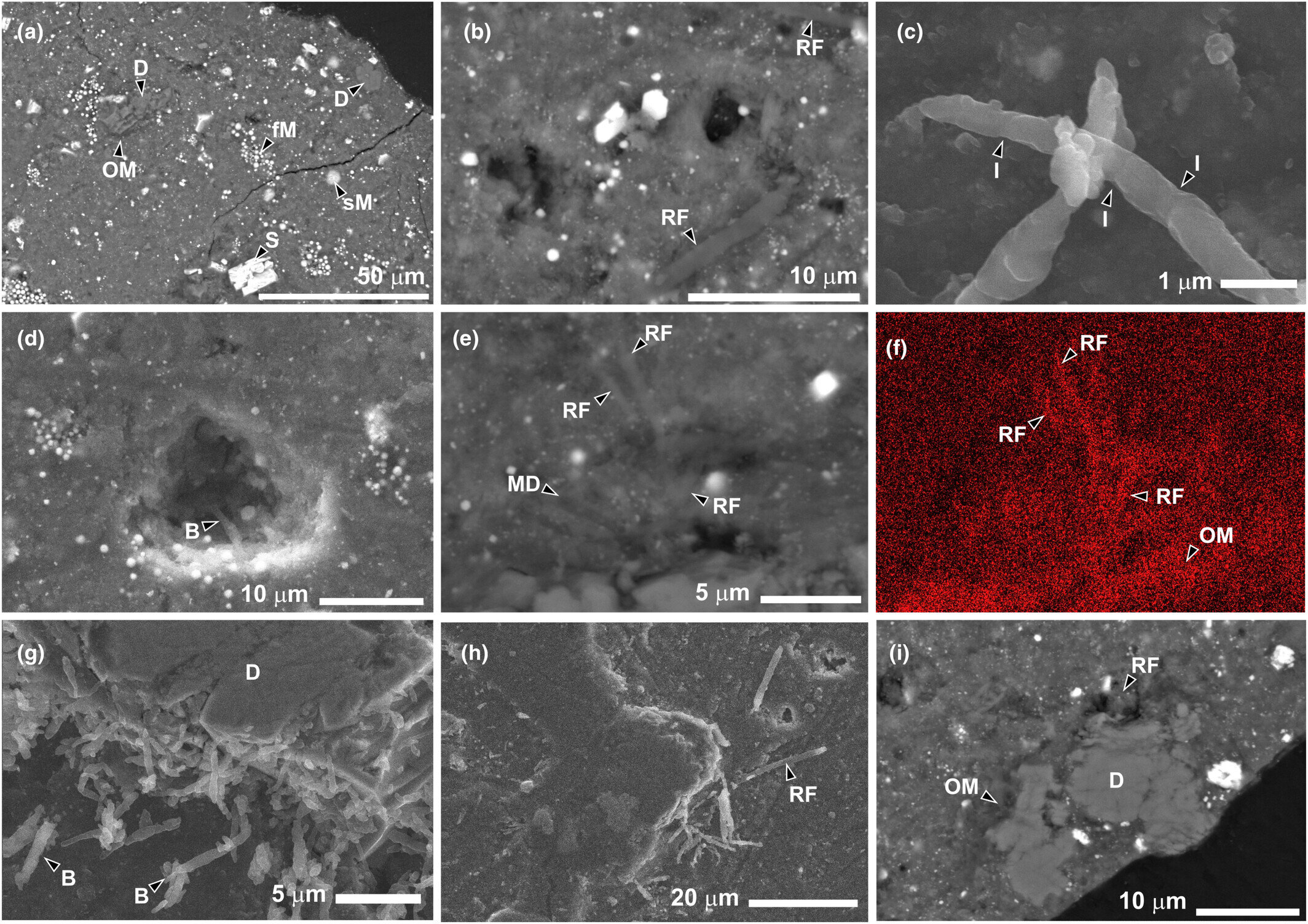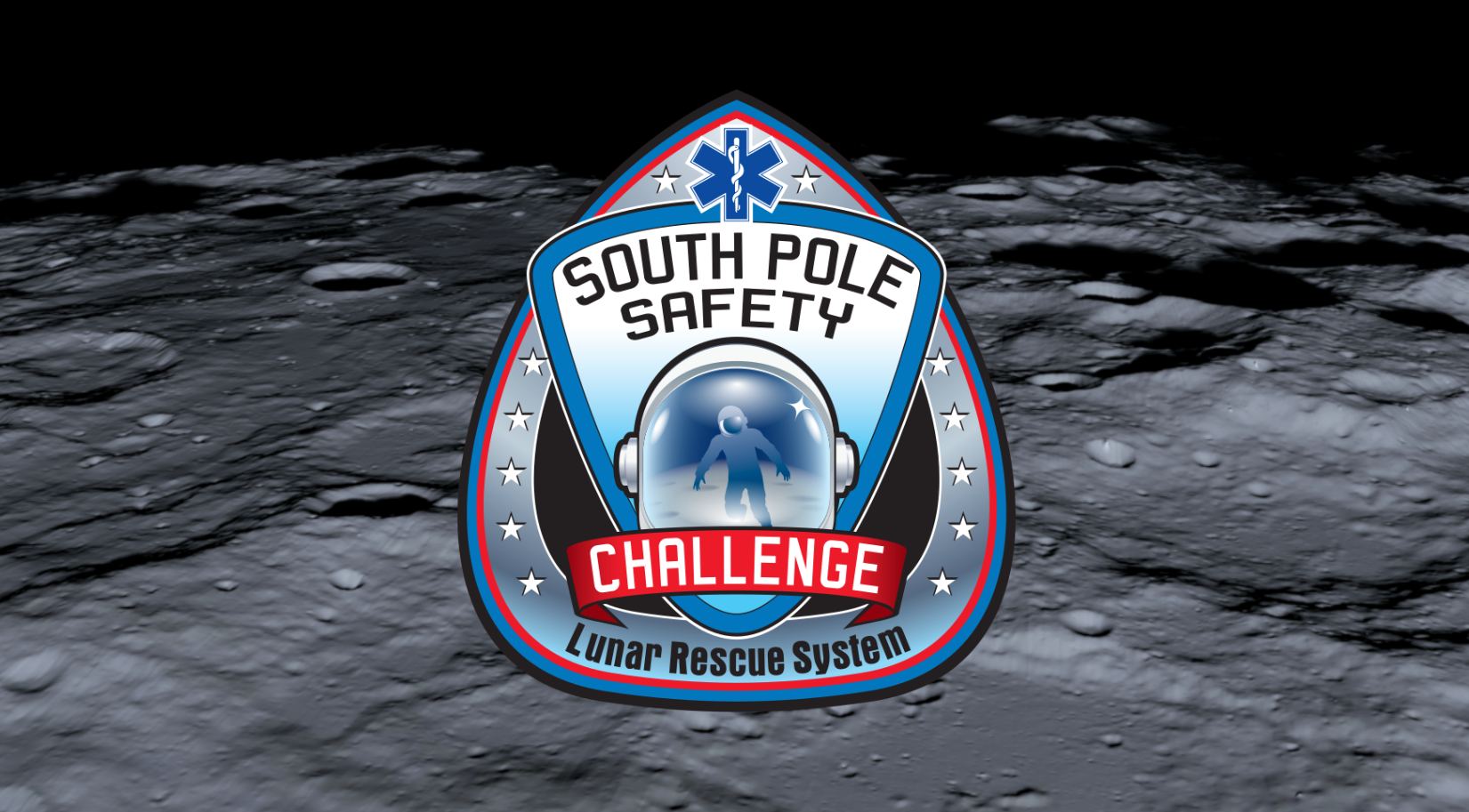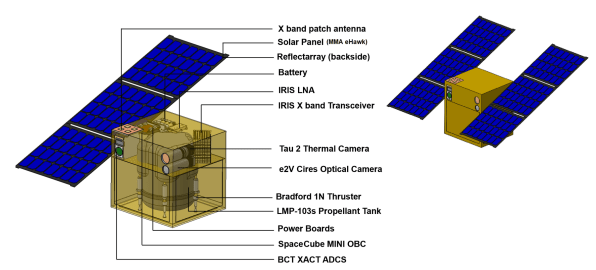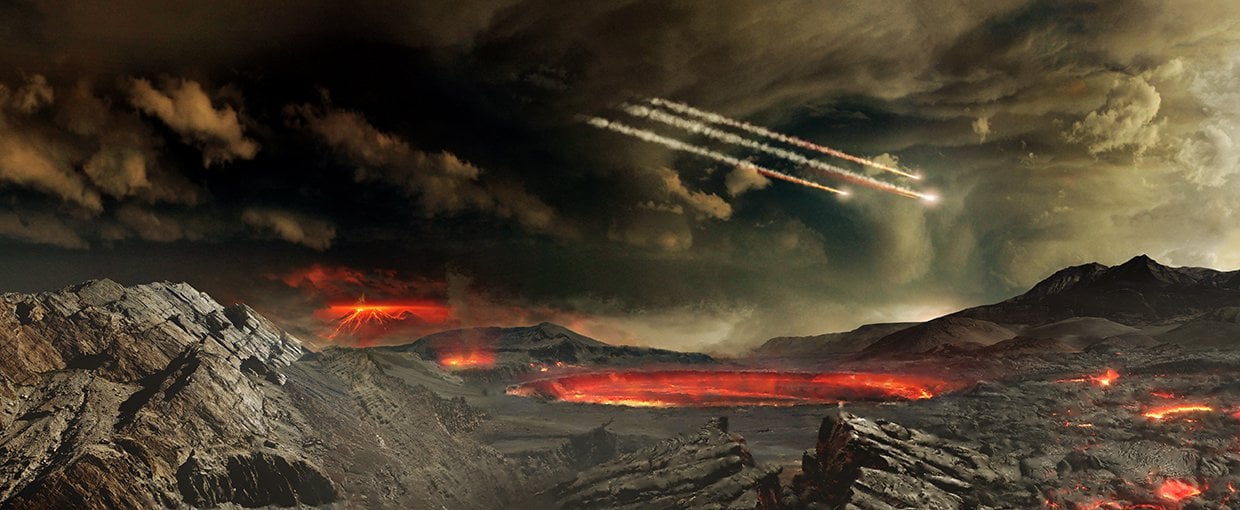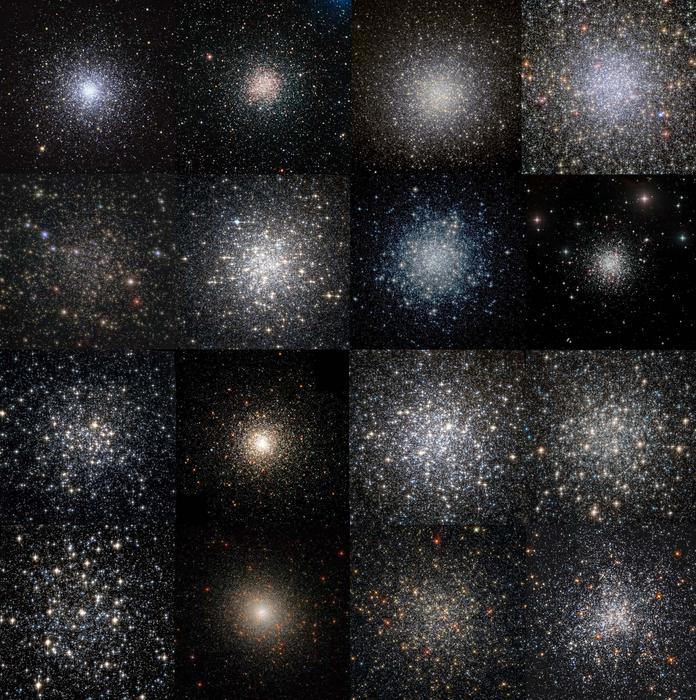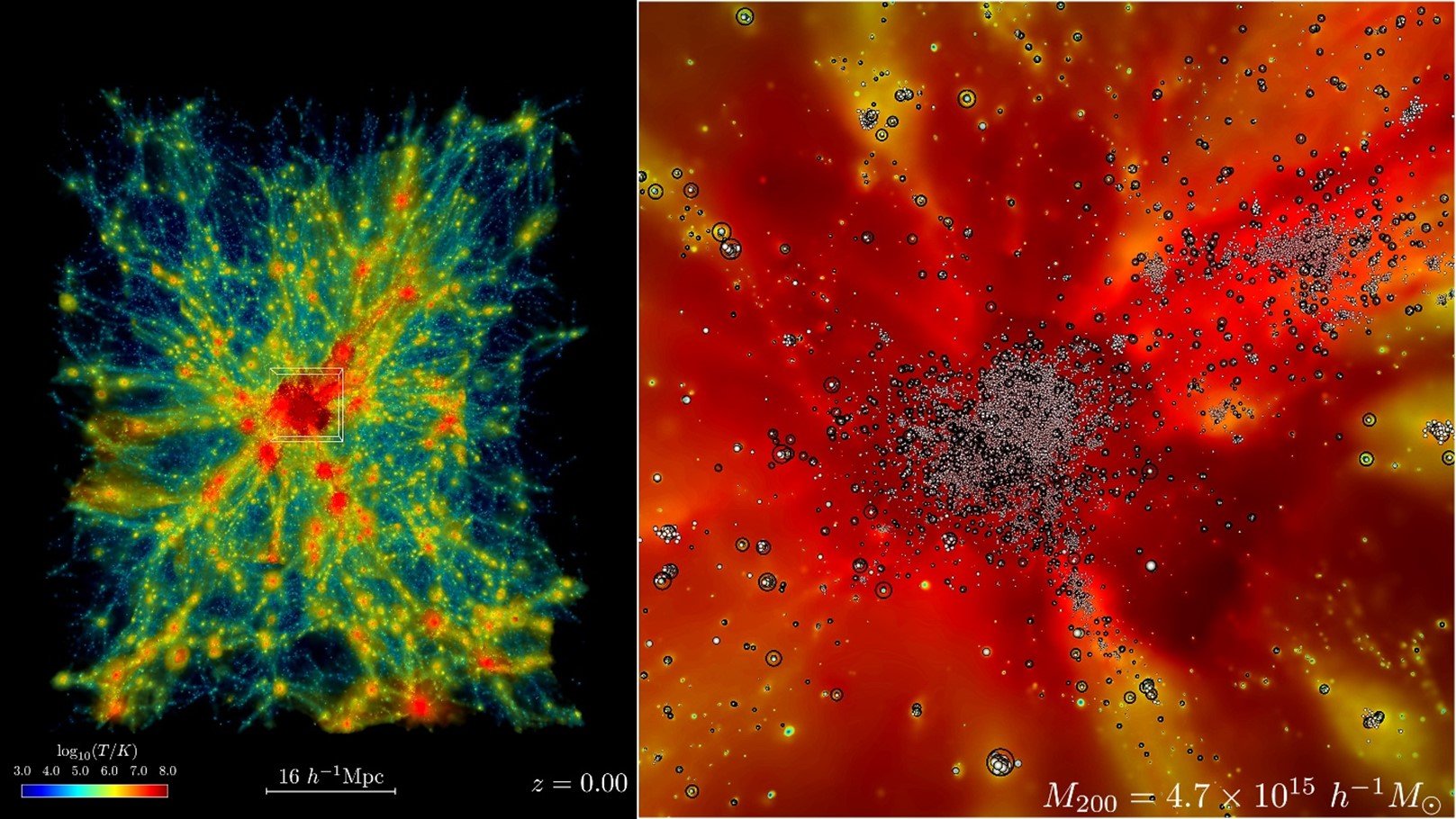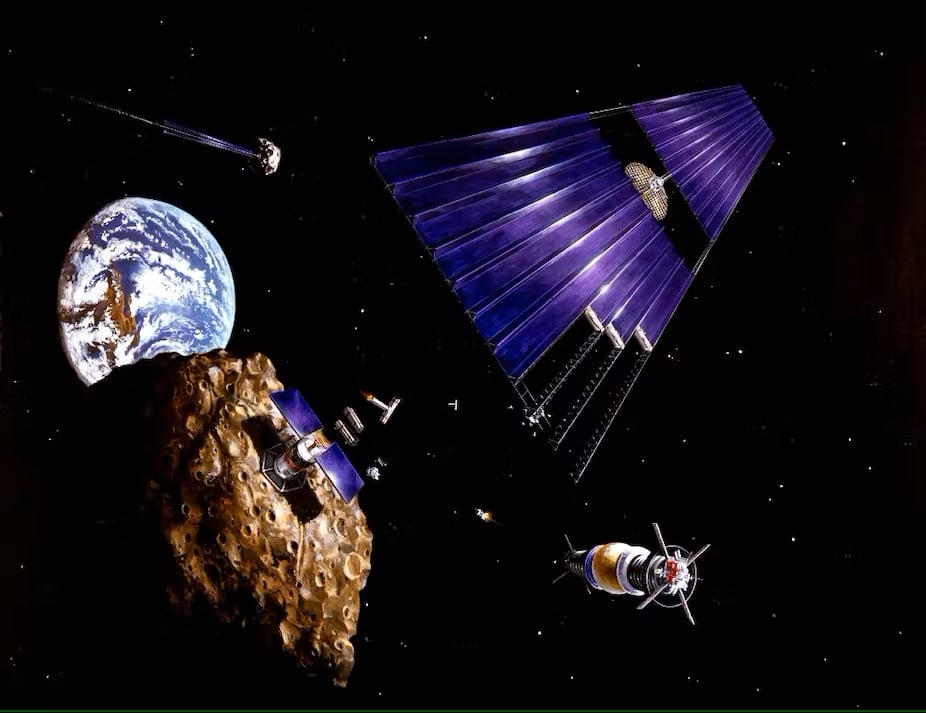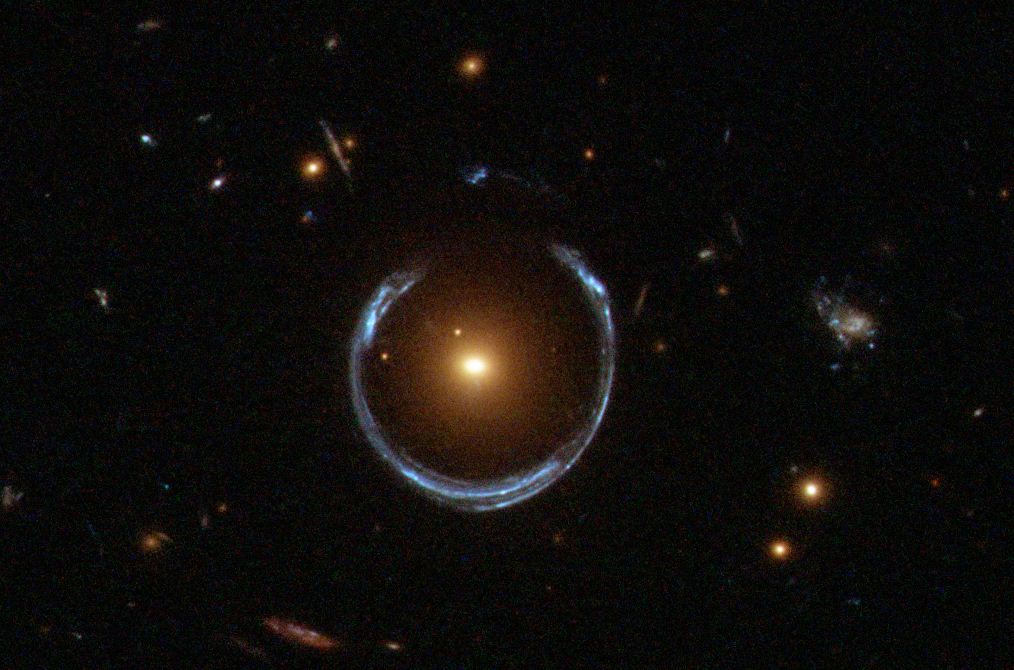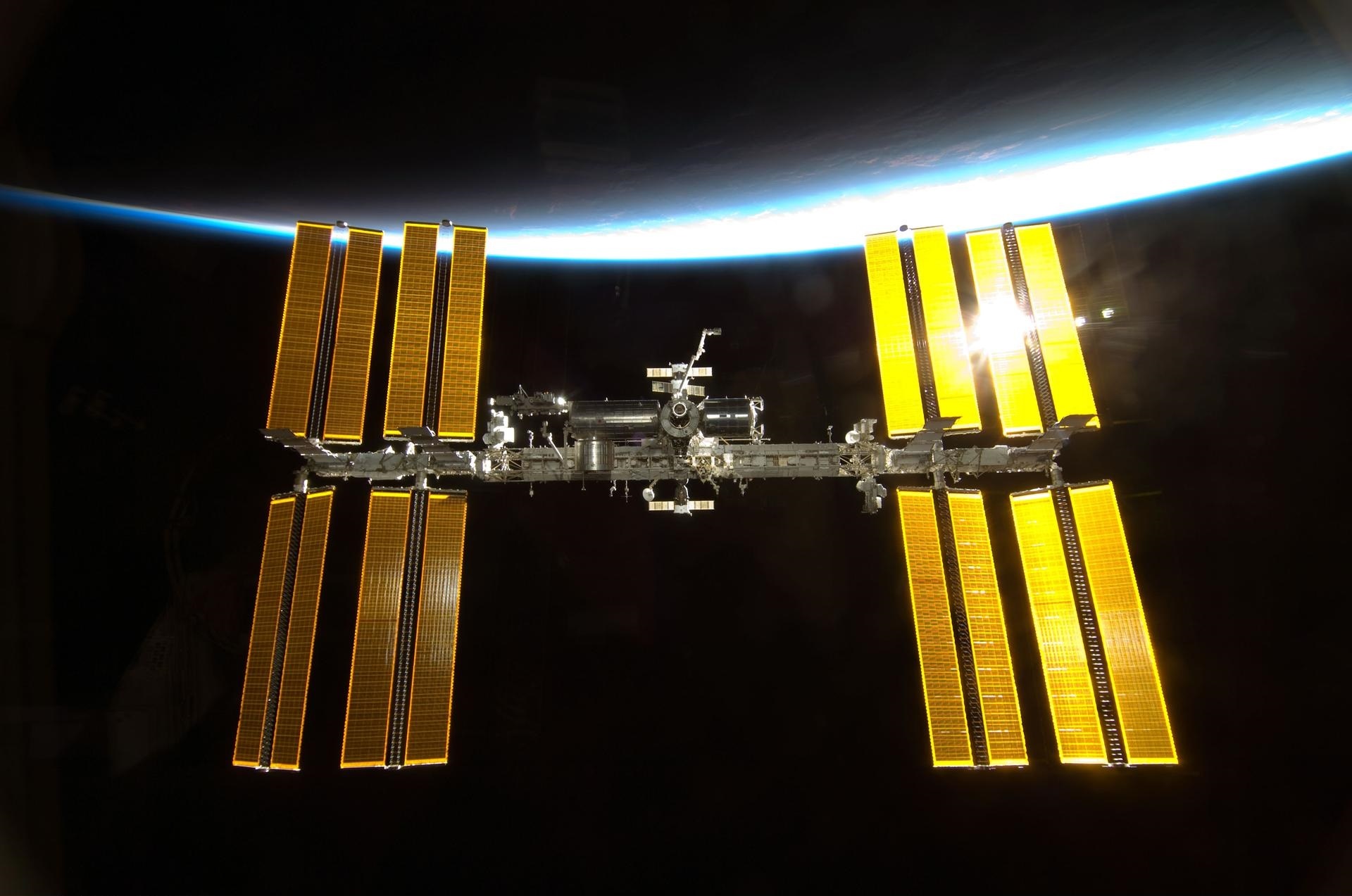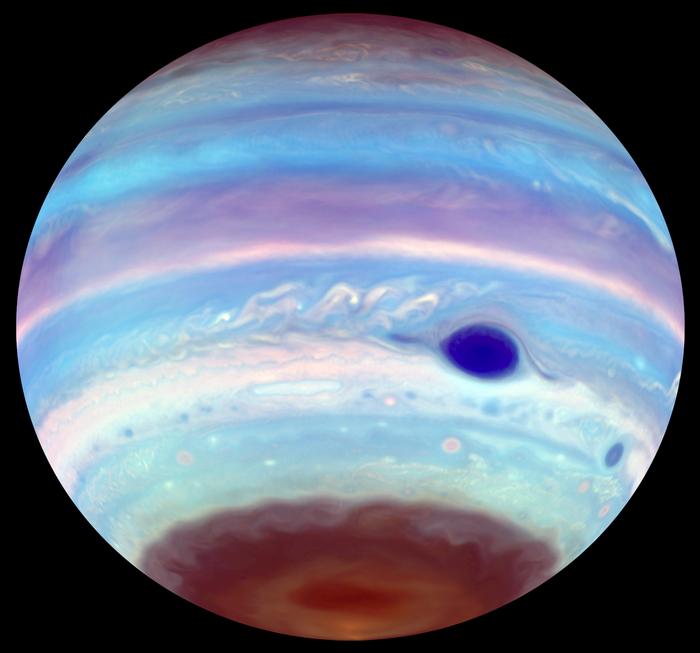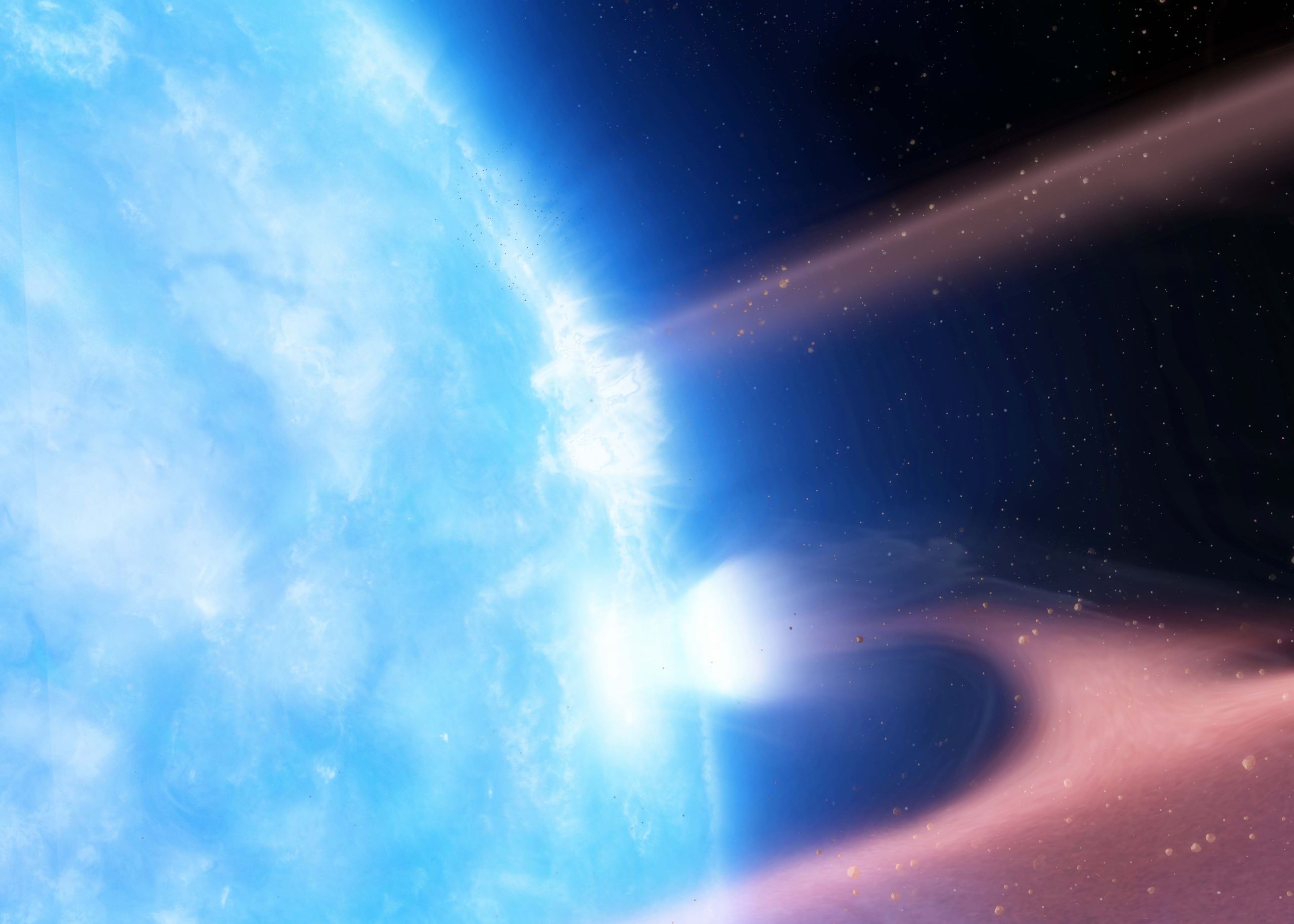
White dwarfs are dead stars like our Sun. Although they're no longer performing fusion in their cores, they're still hot and putting out radiation that could support life. A new paper calculates that a white dwarf could support planets in a new habitable zone for 7 billion years, providing the right temperature and radiation to support a biosphere. They're also small and dim, which makes it easier to study planets in orbit around them for potential biosignatures.
Continue reading
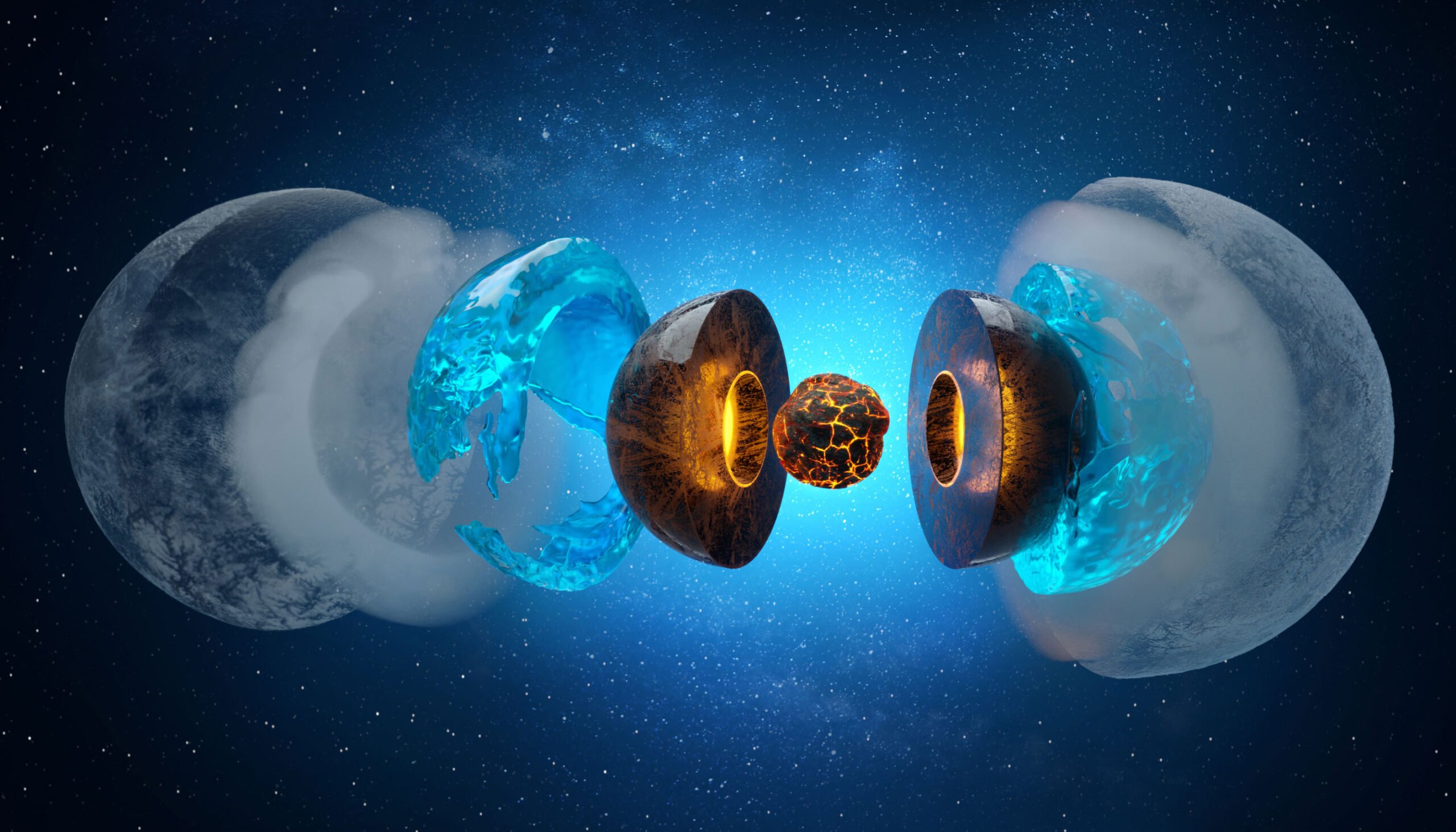
Uranus and Neptune are "ice giants," containing chemicals like methane and ammonia, but compressed under intense pressure. This is just speculation from a couple of flybys with Voyager 2 and telescope observations. A new paper suggests that Uranus and Neptune have distinct layers, which don't easily mix and could explain their unusual magnetic fields. Below the cloud layers is a deep ocean of water and then a compressed fluid of carbon, nitrogen, and hydrogen.
Continue reading
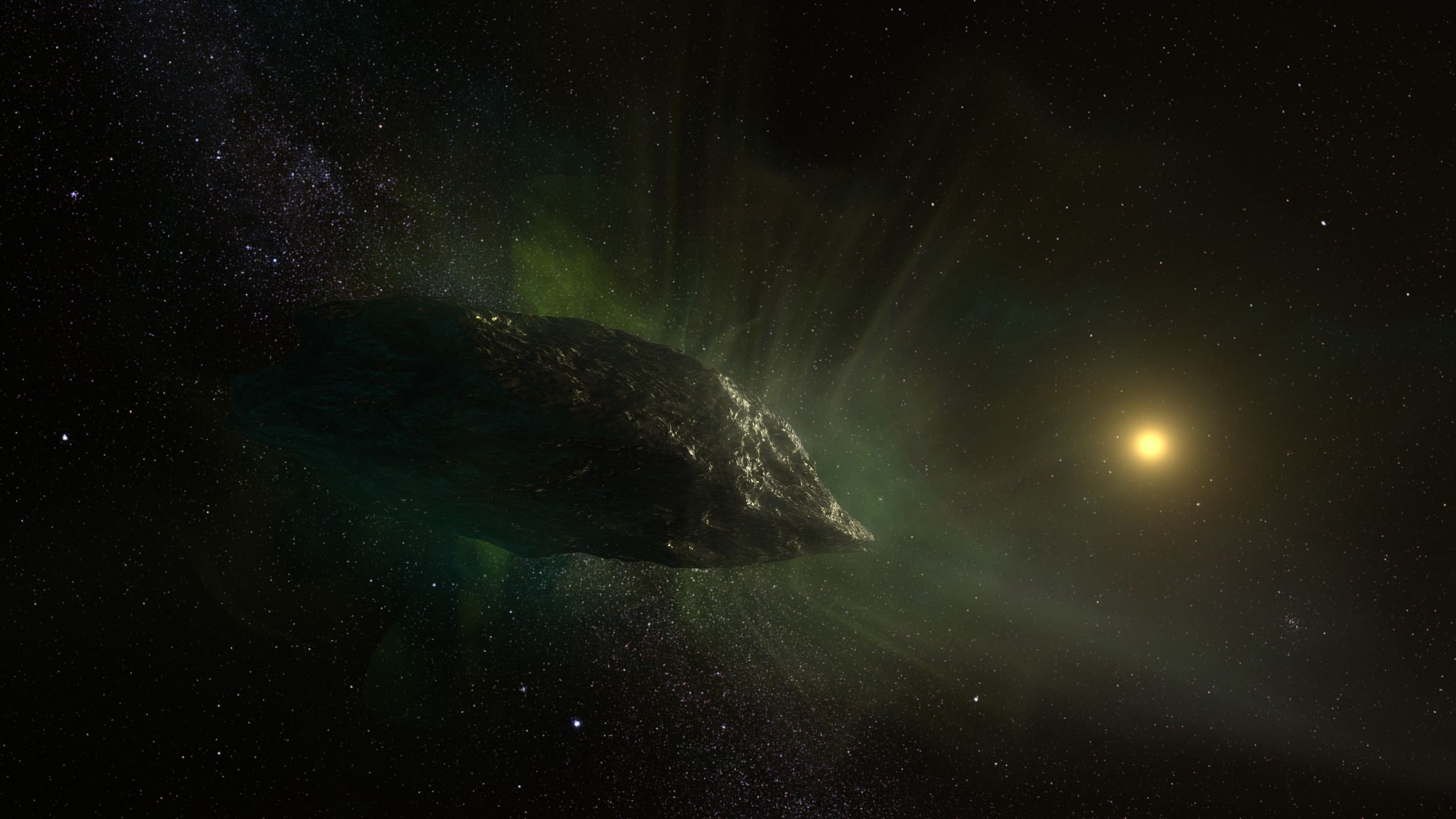
When the Vera Rubin Observatory comes online in a few months, it'll be the most effective asteroid and comet hunter ever built. And not just the homegrown variety, Rubin will discover interstellar objects like Oumuamua and Borisov passing through the Solar System. A new paper suggests the kinds of machine learning algorithms that will have the best chance of uncovering these fast-moving objects as they move through the field of view from night to night.
Continue reading
